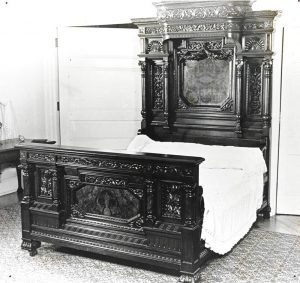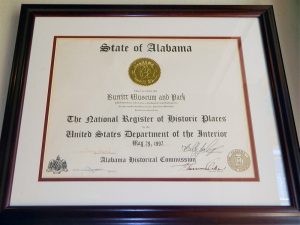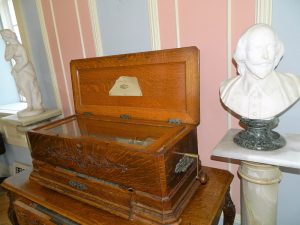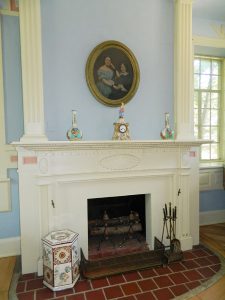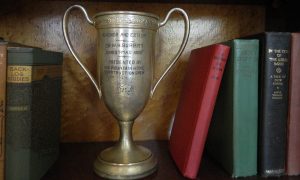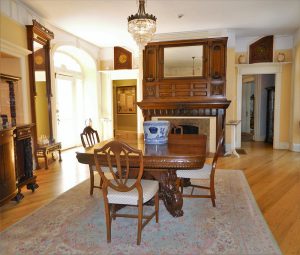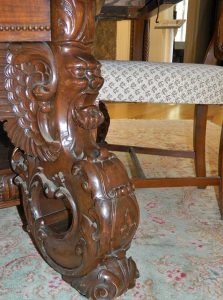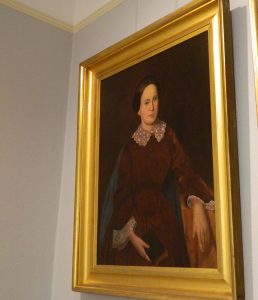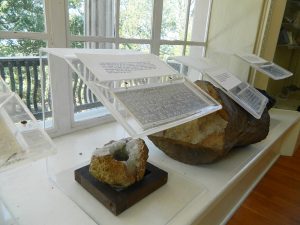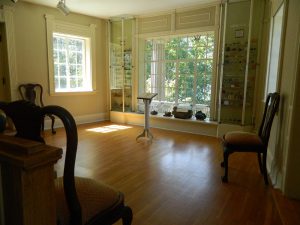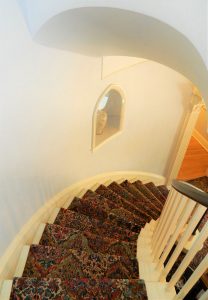Dr. Burritt & The Mansion

Who was Dr. William Burritt?
The life & history of Dr. Burritt and the Mansion
Dr. William Henry Burritt was born in Huntsville in 1869. Following in his father’s and grandfather’s footsteps, he became a homeopathic physician.
Dr. Burritt married Pearl Budd Johnson in 1892, but the marriage ended tragically in 1898 upon Pearl’s death from complications following an appendectomy. In the summer of 1899, Dr Burritt met a wealthy widow, Mrs. Josephine T. Drummond of St. Louis. Several years older than Dr. Burritt, it is reported that she fell in love and proposed marriage to him!
The couple married and lived in St. Louis, MO, where Dr. Burritt shifted his attention from medicine to the manufacturing of rubber products. Upon Josie’s death in 1933, Dr. Burritt inherited a majority of her estate and returned to Huntsville.
Attracted to the healthful spring waters and mountain air, Dr. Burritt chose to build his retirement home on this 167 acre portion of Monte Sano, known as Round Top Mountain. Construction on the unique X-shaped house began in 1934. Built of wood and native stone, the shape of the house provided Dr. Burritt with magnificent views and vast amounts of natural light. Dr. Burritt chose to insulate the home with bales of wheat straw. Before his first night in the house in 1936, a fire destroyed the home. During reconstruction of the current home, the shape and insulation remained the same, but concrete and concrete-fiber-reinforced shingles replaced a majority of the wood in the original design. The historic mansion is not of any one architectural style, there is a mix of Art Deco, Federal, Beau Arts and Classical Revival. The only way to describe the architectural style is Eccentric!
Dr. Burritt married Alta Jacks in 1937, yet their marriage was brief, ending in divorce in 1943. Dr. Burritt lived in the mansion with the assistance of a housekeeper and grounds caretaker until his death in 1955.
Having no heirs from his three marriages, Dr. Burritt left the mansion and surrounding property to the City of Huntsville to become the city’s first museum. The open area behind the historic mansion once served as Dr. Burritt’s fruit and vegetable farm, and he operated a goat dairy on the hillside. He gave a portion of the goat milk to the hospital and sold the rest, along with fruits and vegetables, in the city. Dr. Burritt’s 1949 DeSoto has been restored and is on display in the garage beneath the house.


